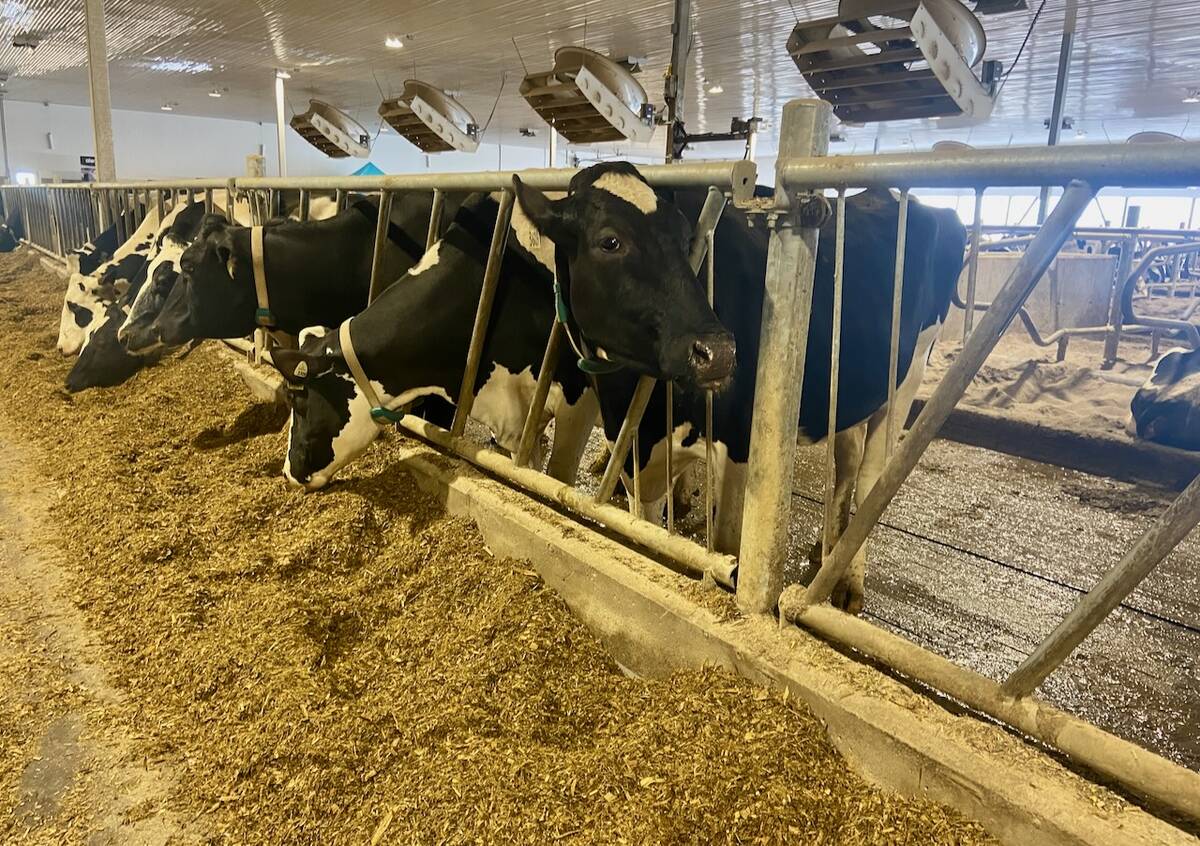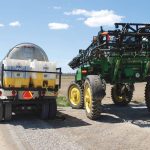PINCHER CREEK, Alta. – The view from Barney and Anne Zoratti’s living room window sweeps over miles of mountains and pastures.
From their home near Pincher Creek, they retrace the miles they have traveled as ranchers raising cattle, buffalo, yaks and now llamas.
Keeping up a pace that would tire many people years younger than themselves, Barney, 82, and Anne, 79, are still buying, selling and rearing llamas, an exotic business they entered 15 years ago.
While they stress they’re retired, they still make the circuit of llama shows and sales throughout the province. They have bought and sold some of the highest priced llamas in Canada and have been regular supporters of the Legacy Llama Classic held every year in Red Deer, Alta.
Read Also

U.S. farm group supports supply management
U.S. grassroots farm advocacy group pushing new agriculture legislation that would move towards supply management like Canada has for dairy industry
Their home is full of paintings and photographs of llamas, ornaments and awards they have received.
They says it’s the llamas that keep them young and busy.
“They’re good therapy,” said Barney.
Family ranch
They’ve always been ranchers but turned over the cattle end to their son Bryan and his family. The 3,000 acre ranch has been in the family since 1915.
For an older couple that wants to keep trouble-free animals that aren’t a danger to grandchildren, llamas fit the bill.
“Llamas are nice animals to raise,” said Anne.
Barney always liked to experiment with different species so they have had Highland cattle, belted Galloways, horses and bison.
Their first llama was a pet male named Freckles purchased at the Odd and Unusual Sale at Innisfail, Alta. They liked him and bought a couple more females hoping Freckles would sire some babies called crias.
Unfortunately he was sterile, so they found a new male.
Today they have a reputation for their breeding herd that is raised like ordinary livestock with help from son Bryan. Because of their age, the Zorattis cut back from 20 llamas to about 10, which Barney trains to lead on a halter and to “cush,” or lie down on command.
When he walks among his llamas they each come forward for a friendly nuzzle and cuddle from Barney, who talks and hums to each one.
Train when young
“You have to have a lot of patience and teach them when they’re still with their mothers,” he said.
“They don’t forget. They’re very intelligent animals and there’s no problem halter breaking them.”
The llama industry has matured and breeders have come to insist on better quality animals with reputable pedigrees.
As a cattleman, understanding livestock helps with selection of quality llamas, said Barney. That quest for quality is another reason they reduced their herd size.
“The reason we’re cutting down is because rather than having quantity you’re far better to have good quality,” he said.
They want big llamas with straight backs, strong legs, ears shaped like bananas, good conformation and a well known pedigree.
They don’t offer stud services because they feel at this point in their lives, it is too much work. They sell animals in sales and off the farm.
They also have their llamas sheared. They give the fibre away to family members or donate it to their club, the Chinook Llama and Alpaca Club, which involves members in southwestern Alberta from Airdrie to the American border.
Llama wool can be spun and combined with other fibres to produce a fine quality yarn suitable for knitting and weaving.
Llamas have always been a family affair. Their adult children own llamas that they keep at the Pincher Creek ranch and their daughter Lorraine Guyn is editor of the Llamas Coast to Coast magazine in Calgary.
They also see llamas as a growth industry since more new people are joining all the time. Besides the pleasure of raising these good natured, fleecy animals, they also enjoy the social aspect of the business.
“We’ve just gotten to know dozens of llama people and they’re super people,” said Anne.















